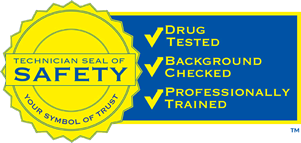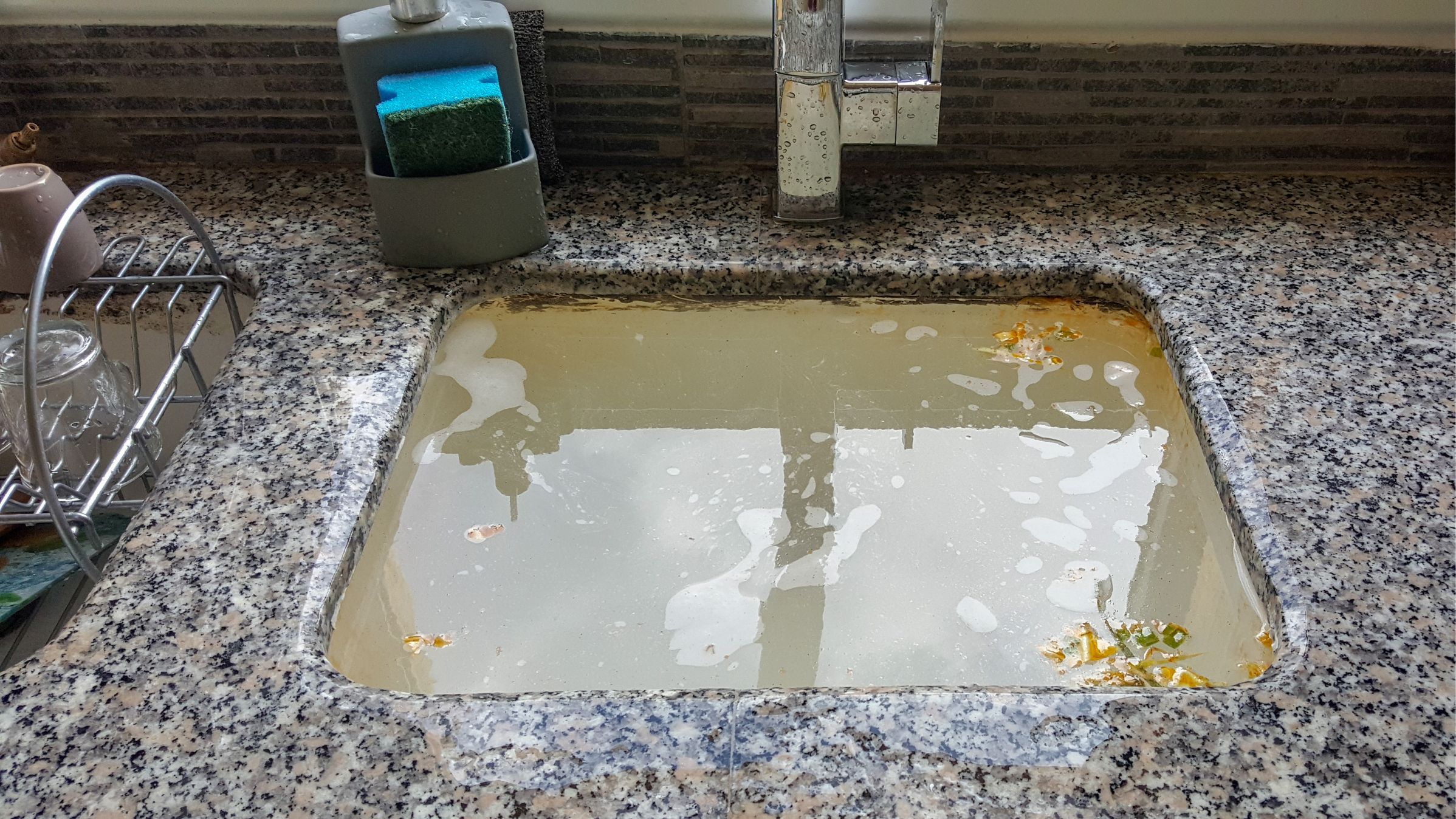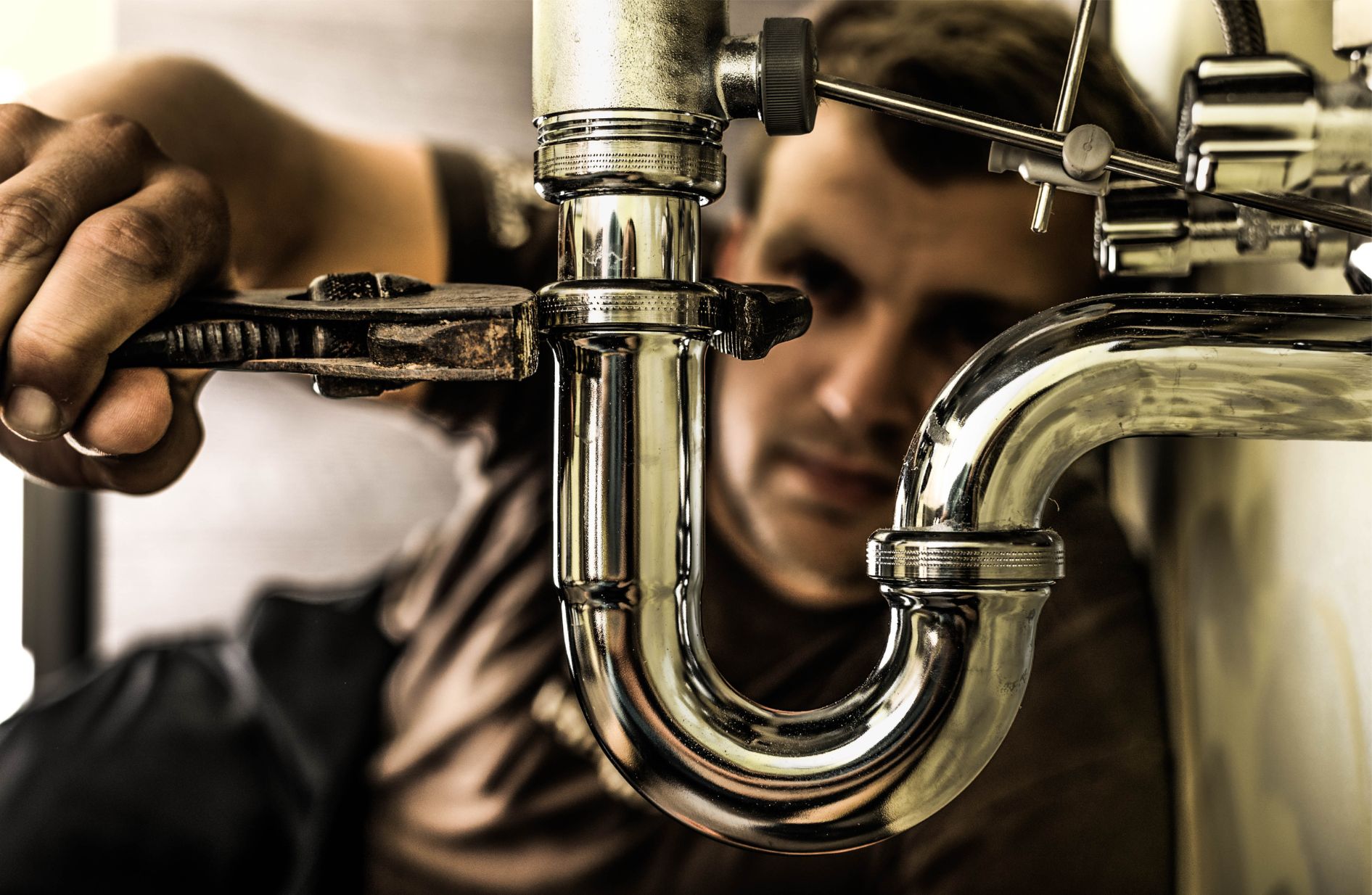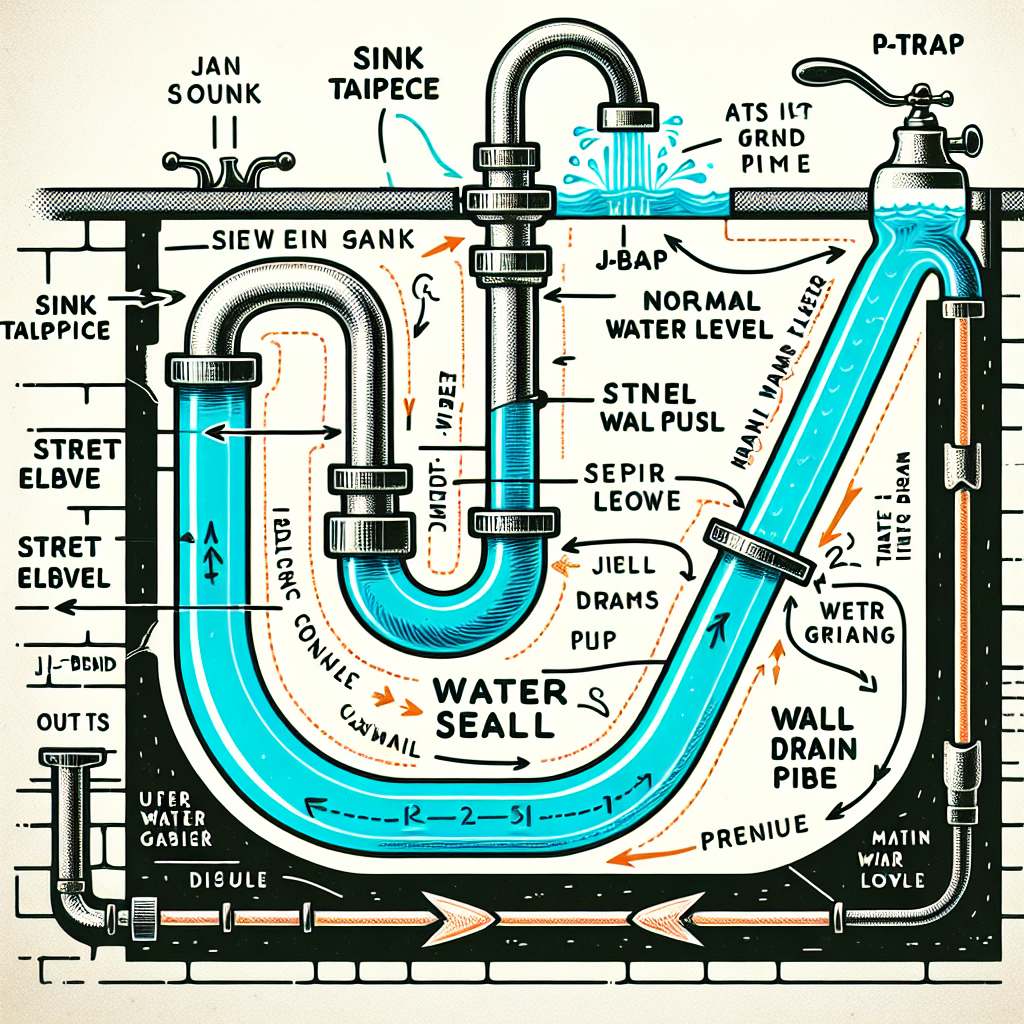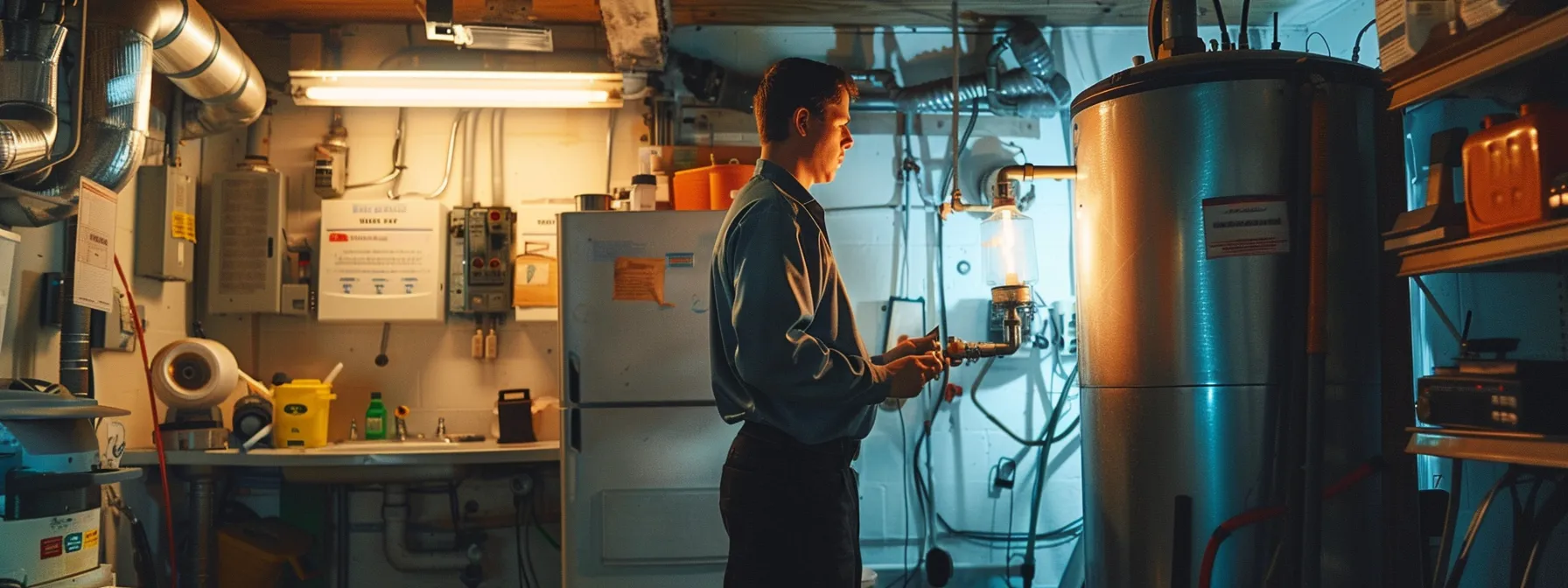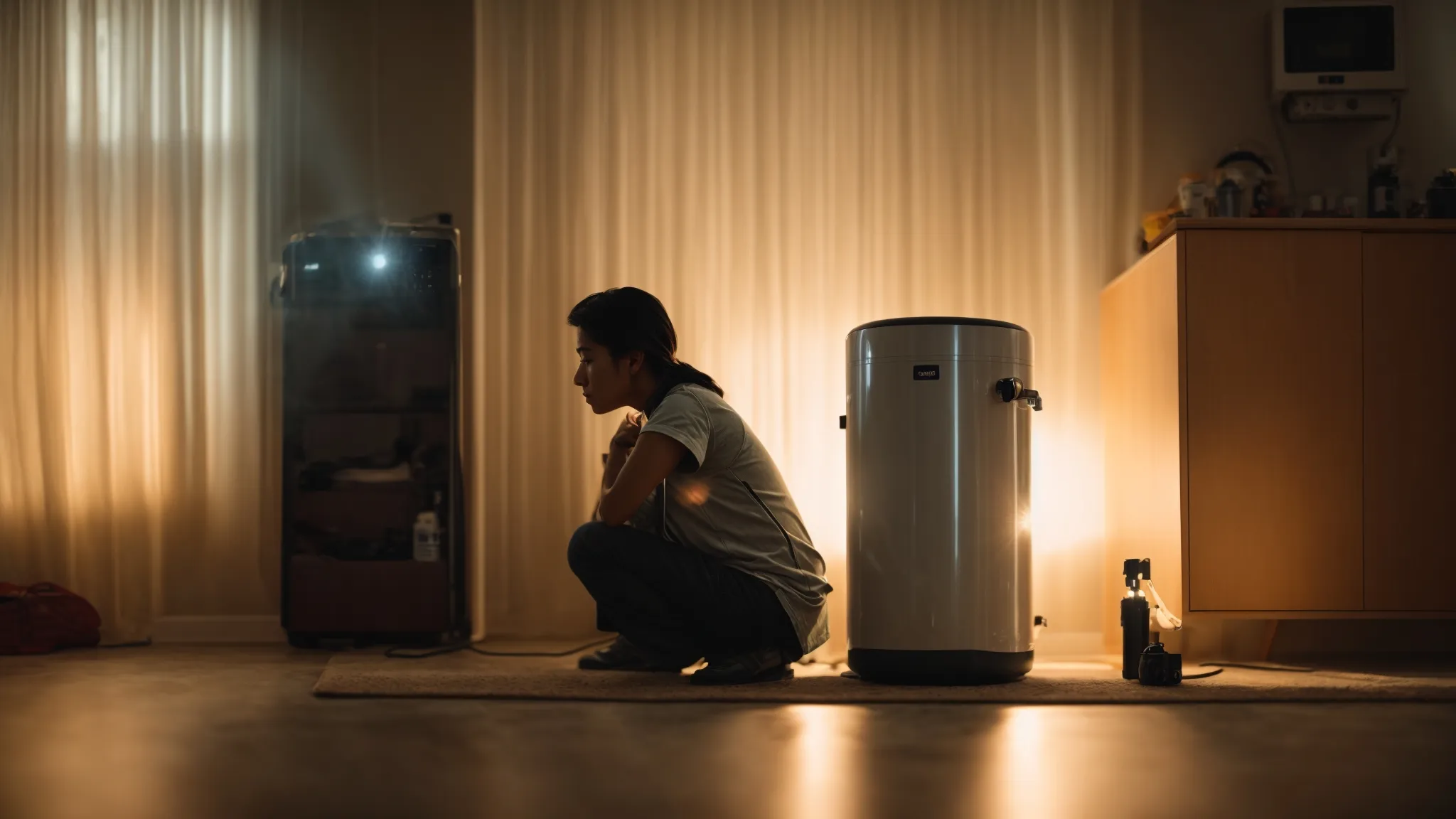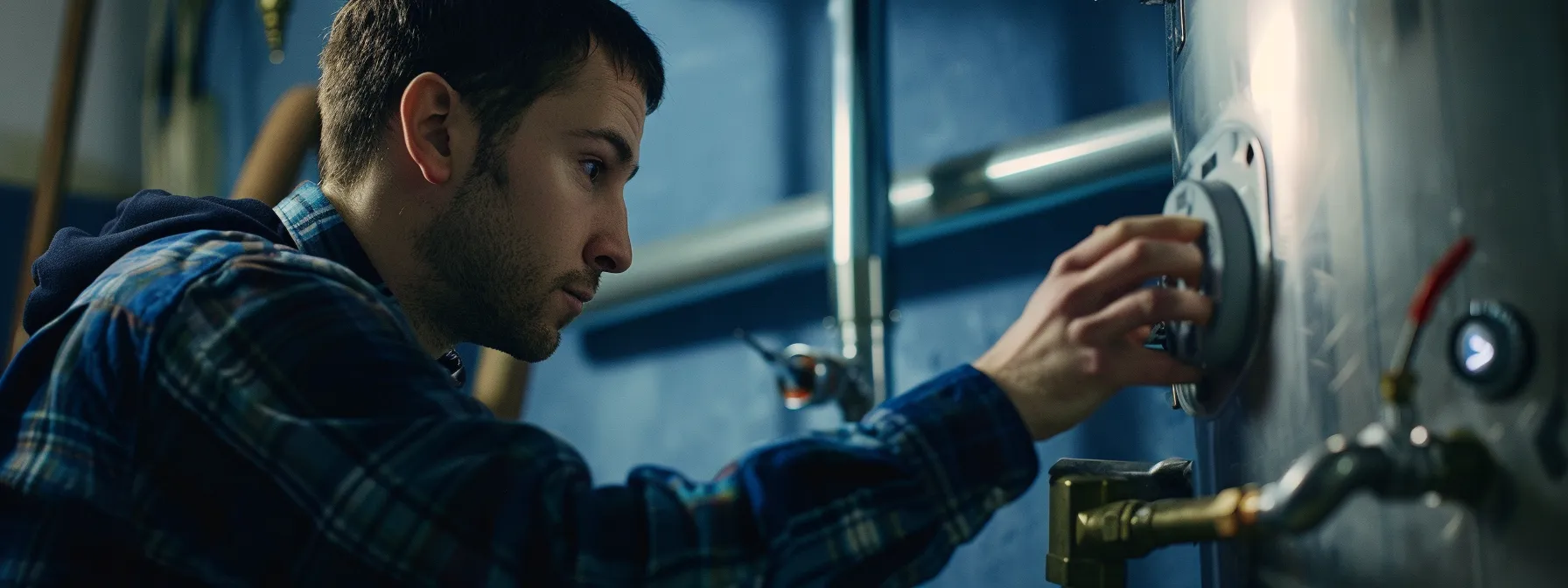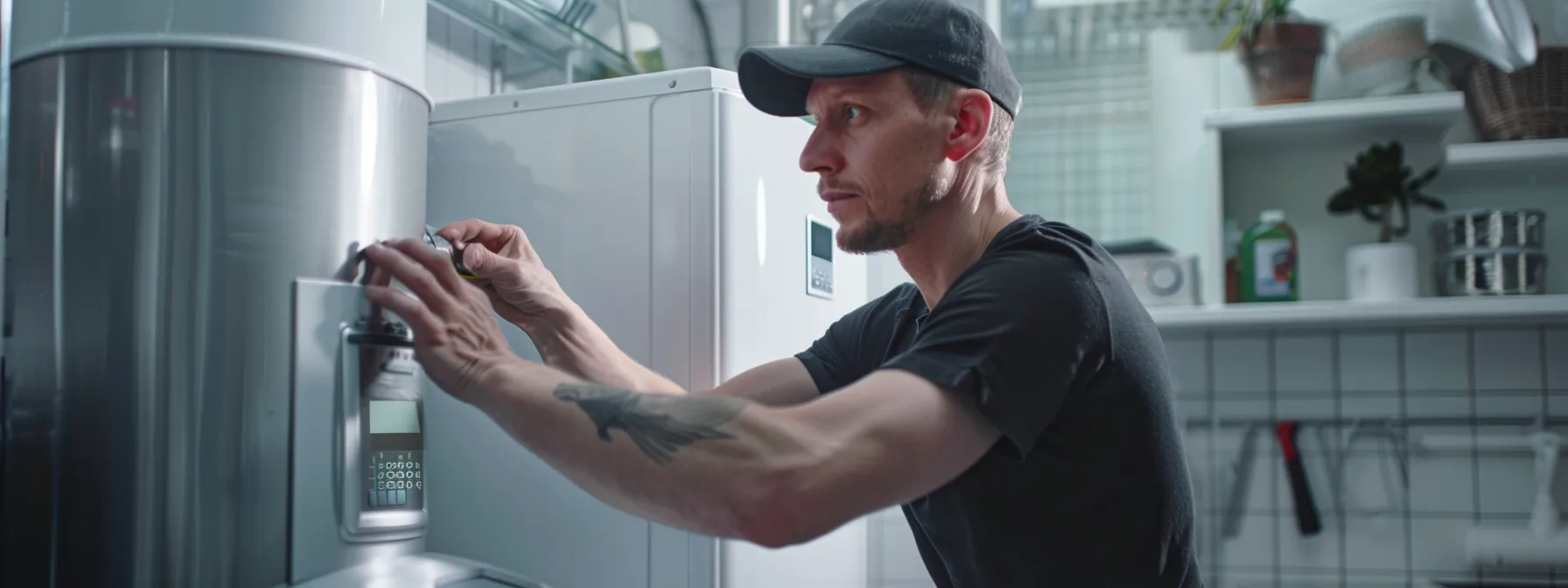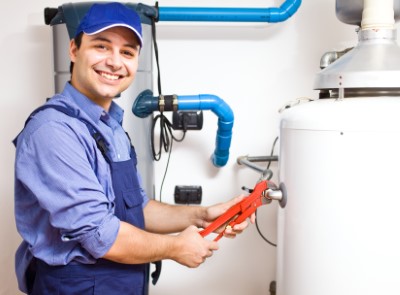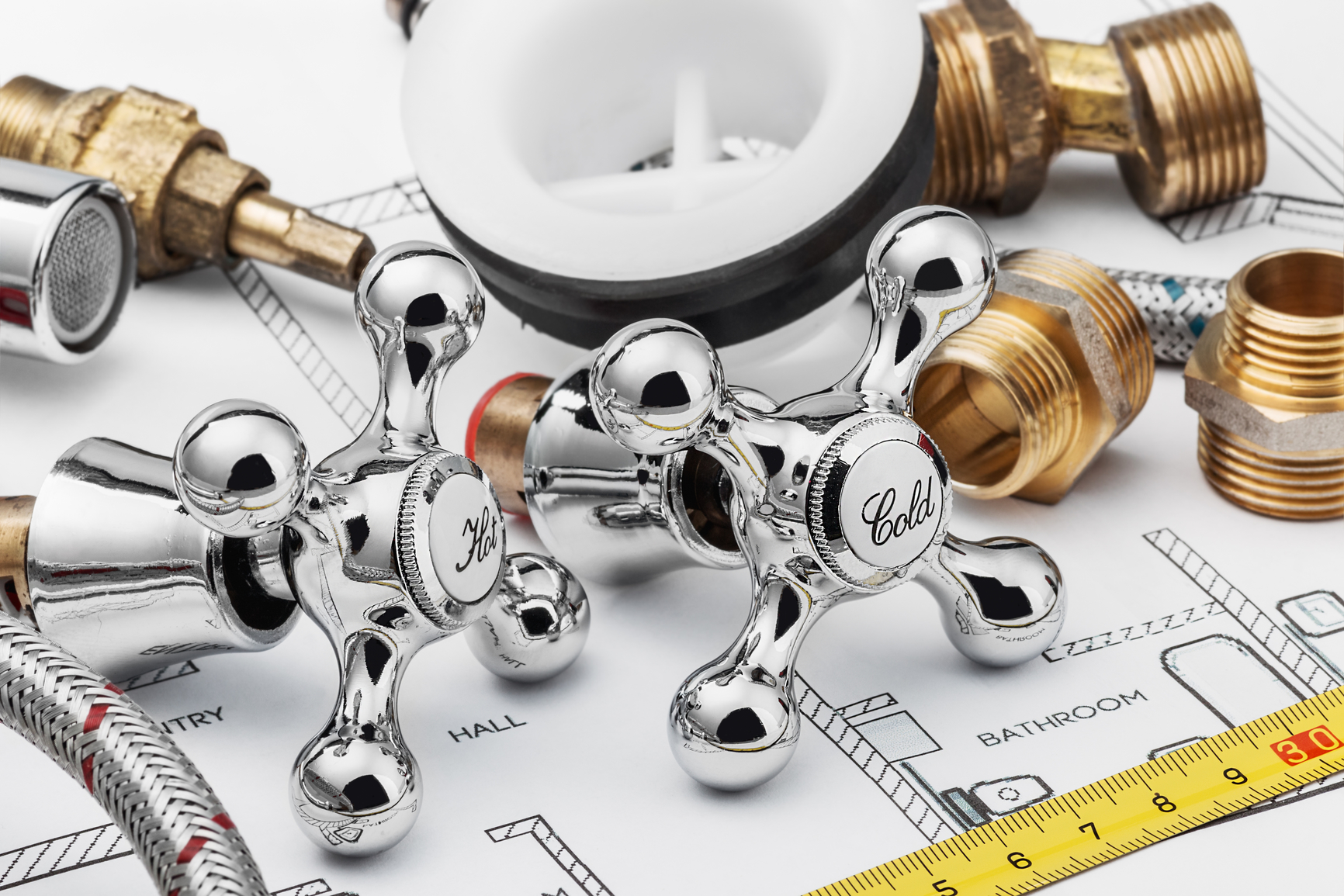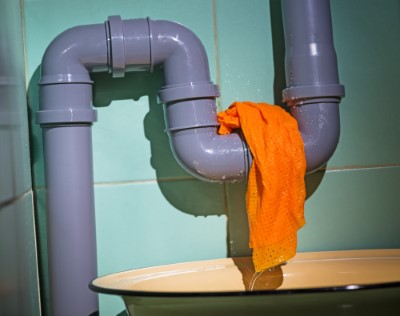We’ve all been there – standing over a kitchen sink filled with water that just won’t budge, no matter how long we wait. It’s safe to say that a clogged sink is one of the most common and frustrating household issues. But don’t worry, before you reach for the phone to call a plumber, take matters into your hands. There are some simple, actionable steps you can take to resolve this problem yourself. So, let’s get our hands dirty and dive into the world of DIY sink unclogging.
Understanding the Nature of the Blockage
The first step to solving any problem is understanding it. When dealing with a blocked sink, you must identify what might have caused the issue in the first place. Is it a gradual build-up of grease and grime? Or perhaps a single solid object that’s blocking the way? Maybe your sink is draining slowly, which indicates a partial blockage. Or, it could be completely backed up, signaling a full blockage.
Take note of what was going down your drain when the clog happened. If you were washing dishes, it might be food particles. If you were pouring liquids, it might be fats or oils that have solidified. Understanding this will help you choose the best approach for unclogging your sink.
Start With Boiling Water
One of the simplest, yet most effective methods to unclog a kitchen sink involves just one ingredient: boiling water. This method is especially useful in breaking down simple clogs caused by grease, soap or fats that might have accumulated over time.
Start by boiling about two liters of water and slowly pour it down the drain in two or three stages, allowing it to work for several seconds in between each pour. The heat from the boiling water can often dislodge the blockage and clear your drain. Remember to be careful when handling boiling water to avoid burns.
Use a Plunger
If boiling water doesn’t do the trick, then it’s time to bring in the reinforcements: a plunger. This handy tool can create enough force to dislodge most blockages, especially if they’re not too stubborn or deep within the pipes.
Firstly, make sure there’s enough water in the sink to cover the bottom of the plunger. Next, seal the plunger over the drain and give it several firm pushes. The suction effect could help to move the clog and clear your drain.
Try a Plumber’s Snake
If you’re dealing with a stubborn blockage that won’t budge with boiling water or a plunger, you might want to try a plumber’s snake (also known as a drain snake or drain auger). This flexible coil of wire can reach into your pipes and dislodge obstructions that are further down.
You insert one end of the snake into the drain and turn the handle on the other end. As you do this, the wire spirals down into the pipe, breaking apart the clog. Pulling it out may bring up some of the blockage material for removal.
Check the P-Trap
If none of these methods work, your clog may be located in the P-trap (the curved pipe section beneath your sink). Removing and cleaning this can often solve your problem.
First, place a bucket under the P-trap to catch any water or debris. Then, unscrew or unfasten the P-trap (you might need channel-lock pliers for this) and remove it from the pipe. Clean it thoroughly before replacing it. If the clog was in the P-trap, this should clear your drain.
Use a Wet/Dry Vacuum
A wet/dry vacuum can be a versatile tool when it comes to unclogging a sink. If you have one, it’s worth giving this method a try. Change your vacuum to vacuum liquids, create a seal for the hose to stick to the drain and then power on the vacuum to suck the blockage material up.
A word of caution though: make sure you’ve read your vacuum’s instruction manual carefully as not all vacuums are suitable for this task.
Prevention is Better Than Cure
Last but not least, remember that the best way to deal with a clogged sink is to prevent it from happening in the first place. Regularly maintaining your drains by not throwing things like grease, coffee grounds or fibrous food down them can significantly decrease the chances of getting a clogged sink. Also, consider using a sink strainer to catch food particles and other materials before they go down the drain.
When To Call A Professional
While minor clogs can be easily handled at home with basic tools and methods, more serious clogs may require the services of a professional plumber. If your kitchen sink remains clogged even after multiple attempts at unclogging it, or if you notice water backing up into other drains in your home, it is time to call a professional like Sunset Plumbing. Additionally, if you are uncomfortable handling plumbing tools or dealing with clogs, it is always safer to seek professional help.
Frequently Asked Questions
1. What is the most common reason for a sink blockage?
The most common reason for a sink blockage is the accumulation of food particles, grease, fats or soap that forms a solid mass over time, causing the drain to clog.
2. Why does my sink drain slowly?
A slow-draining sink is usually an indication of a partial blockage. The rate at which your sink drains can also be affected by factors like pipe design and water pressure.
3. Does boiling water always unclog a sink?
No, boiling water does not always unclog a sink. However, it can be effective in breaking down simple clogs caused by grease, soap or fats.
4. What should I do if boiling water doesn’t unclog my sink?
If boiling water doesn’t unclog your sink, you can try using a plunger or a plumber’s snake. If these methods don’t work, consider checking the P-trap or calling a professional plumber.
5. Is it safe to use a plunger on all types of sinks?
Yes, it’s generally safe to use a plunger on all types of sinks. However, ensure you are using it correctly to avoid damaging the sink or pipes.
6. What’s a plumber’s snake and where can I get one?
A plumber’s snake, also known as a drain snake or drain auger, is a flexible coil of wire that can reach into your pipes and dislodge obstructions. They can be purchased at most home improvement stores.
7. How do I clean the P-Trap?
First, place a bucket under the P-trap to catch any spillage. Then, unscrew or unfasten the P-trap and remove it from the pipe. Clean it thoroughly before replacing it.
8. Can I use a wet/dry vacuum on all types of blockages?
It may not be effective on all types of blockages. It’s important to read your vacuum’s instruction manual carefully as not all vacuums are suitable for this task.
9. What items should I avoid throwing down my sink?
Avoid throwing items like grease, coffee grounds, fibrous food, paper or plastic down your sink as these can contribute to blockages.
10. How often should I clean my drain?
The frequency of drain cleaning depends on usage, but a good practice is to do a basic cleaning once a month to prevent buildup.
11. When should I call a professional plumber?
If you’ve tried all the recommended methods and your sink remains clogged, it might be time to call a professional.
12. Can I use chemical drain cleaners?
While chemical drain cleaners can be effective, they should be used sparingly as they can damage your pipes over time.
13. What’s the benefit of using a sink strainer?
A sink strainer can catch food particles and other materials, stopping them from entering your drain and potentially causing a blockage.
14. Can hair cause a blockage in my kitchen sink?
Yes, hair can contribute to blockages in any kind of drain, including kitchen sinks.
15. Can I use baking soda and vinegar to unclog my sink?
Yes, a mixture of baking soda and vinegar can be used as a natural drain cleaner. However, this method might not be effective for more stubborn clogs.
A Final Word
It’s clear that dealing with a clogged sink isn’t as daunting a task as it may initially seem. With the right knowledge and tools, you’re well-equipped to tackle this common household problem. Remember though, prevention is always better than cure. By avoiding certain items from going down your sink and performing regular maintenance, you can keep your drains running smoothly. But when all else fails, don’t hesitate to call in the professionals here at Sunset Plumbing Of Bend. They’re equipped to handle even the toughest of clogs.

